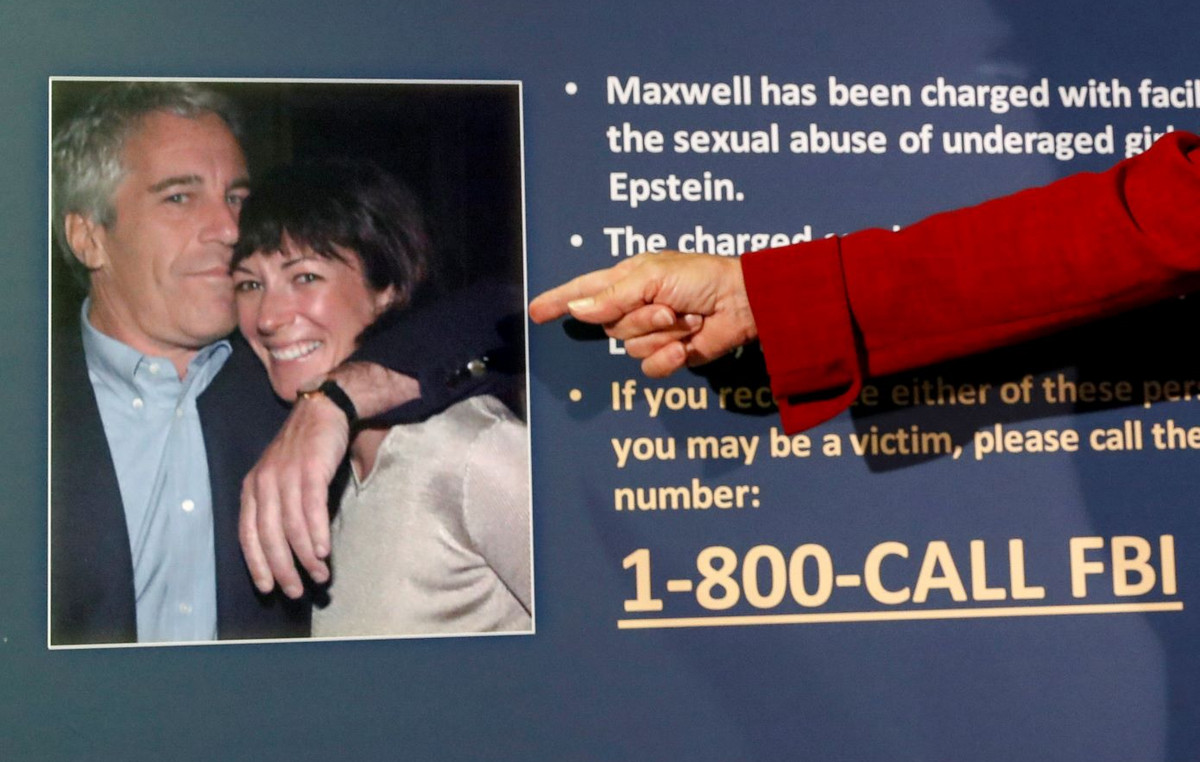- The US Dollar remains firmly higher against almost all of its major peers.
- A light data schedule looms as markets digest the Fed’s hawkish comments.
- US Dollar Index Breaks 106.00 and Heads Higher
The US dollar (USD) is outperforming other currencies on Wednesday for the second day in a row with some help from US Federal Reserve (Fed) officials, who appear to have become more hawkish. Federal Reserve Governor Michelle Bowman lit the spark by saying that a rate hike remains an option while she sees too many potential risks that could still push inflation higher. Her thesis became a reality just a few hours later, when the neighboring country, Canada, published very high inflation figures.
On the economic front, a fairly light calendar before the final estimate of the Gross Domestic Product (GDP) on Thursday and the publication of the Personal Consumption Price Index (PCE) on Friday. Still, traders will need to keep an eye on the Banking Stress Test report, due out at 20:30 GMT, in which the Fed looks at how healthy US banks’ balance sheets are in the event of market stress. financial.
Daily Market Digest: Housing data continues to ease
- The Japanese Yen is softening under pressure from the Dollar, with USD/JPY breaking above the 160.00 level and hitting a multi-decade high.
- Markets were spooked by comments from Federal Reserve Governor Michelle Bowman on Tuesday, who said she is “willing to raise the target rate at a future meeting if inflation progress stagnates or retreats,” while “expects inflation in the US to remain elevated for some time, even seeing a number of upside inflationary risks.”
- At 11:00 GMT, the Mortgage Bankers Association (MBA) Weekly Mortgage Applications Index was released and moved from 0.9% to 0.8%.
- New home sales data for May saw a drop of almost 11.3%, from 698,000 units to just 619,000, missing the consensus of 640,000 units.
- The US Treasury heads to the markets to allocate a 5-year Note in the markets at 17:00 GMT.
- The Fed’s Banking Stress Test report will be released around 20:30 GMT.
- Stocks are not enjoying this US Dollar strength and are falling in both Europe and the US.
- The CME’s Fedwatch tool broadly supports a September rate cut despite recent comments from Fed officials, with odds now at 59.5% for a 25 basis point cut. A rate pause has a 34.1% chance, while a 50 basis point rate cut has a slim 6.4% chance.
- The US 10-year yield is trading at 4.28%, at this week’s highs.
Dollar Index Technical Analysis: Stronger due to external reasons
The US Dollar Index (DXY) is advancing for the second day in a row and breaking out of its sideways pattern. The DXY is now trading just below the May high and could rally further, if upcoming US data beats expectations again. Clearly, recent hawkish messages from Fed officials are spooking markets out of fear that they have missed any signal that a rise in inflation is once again underway.
On the upside, the first level to watch is 105.88, which triggered a rejection in early May and on Friday last week. Further up, the biggest challenge remains 106.52, the year-to-date high from April 16. A rally to 107.20, a level not seen since April 2023, would need to be driven by a surprise rise in US inflation or a sudden hawkish shift by the Fed.
On the downside, 105.52 is the first support before a trifecta of SMAs. First is the 55-day SMA at 105.23, protecting the round figure at 105.00. A little lower, near 104.66 and 104.48, both the 100-day and 200-day SMA form a double layer of protection to withstand any decline. If this area breaks, 104.00 could save the situation.
The Fed FAQs
Monetary policy in the United States is directed by the Federal Reserve (Fed). The Fed has two mandates: to achieve price stability and to promote full employment. Its main tool for achieving these goals is to adjust interest rates. When prices rise too quickly and inflation exceeds the Fed’s 2% target, the Fed raises interest rates, increasing borrowing costs throughout the economy. This translates into a strengthening of the US Dollar (USD), as it makes the US a more attractive place for international investors to park their money. When inflation falls below 2% or the unemployment rate is too high, the Fed can lower interest rates to encourage borrowing, which weighs on the greenback.
The Federal Reserve (Fed) holds eight meetings a year, in which the Federal Open Market Committee (FOMC) evaluates the economic situation and makes monetary policy decisions. The FOMC is made up of twelve Federal Reserve officials: the seven members of the Board of Governors, the president of the Federal Reserve Bank of New York, and four of the eleven presidents of the regional Reserve banks, who serve for one year on a rotating basis.
In extreme situations, the Federal Reserve can resort to a policy called Quantitative Easing (QE). QE is the process by which the Fed substantially increases the flow of credit into a clogged financial system. It is a non-standard policy measure used during crises or when inflation is extremely low. It was the Fed’s weapon of choice during the Great Financial Crisis of 2008. It involves the Fed printing more dollars and using them to buy high-quality bonds from financial institutions. QE usually weakens the US dollar.
Quantitative tightening (QT) is the reverse process of QE, whereby the Federal Reserve stops buying bonds from financial institutions and does not reinvest the capital of maturing bonds in its portfolio to buy new bonds. It is usually positive for the value of the US dollar.
Source: Fx Street
I am Joshua Winder, a senior-level journalist and editor at World Stock Market. I specialize in covering news related to the stock market and economic trends. With more than 8 years of experience in this field, I have become an expert in financial reporting.







